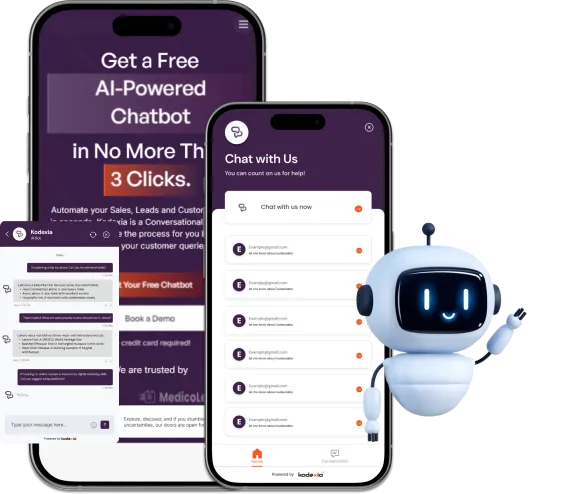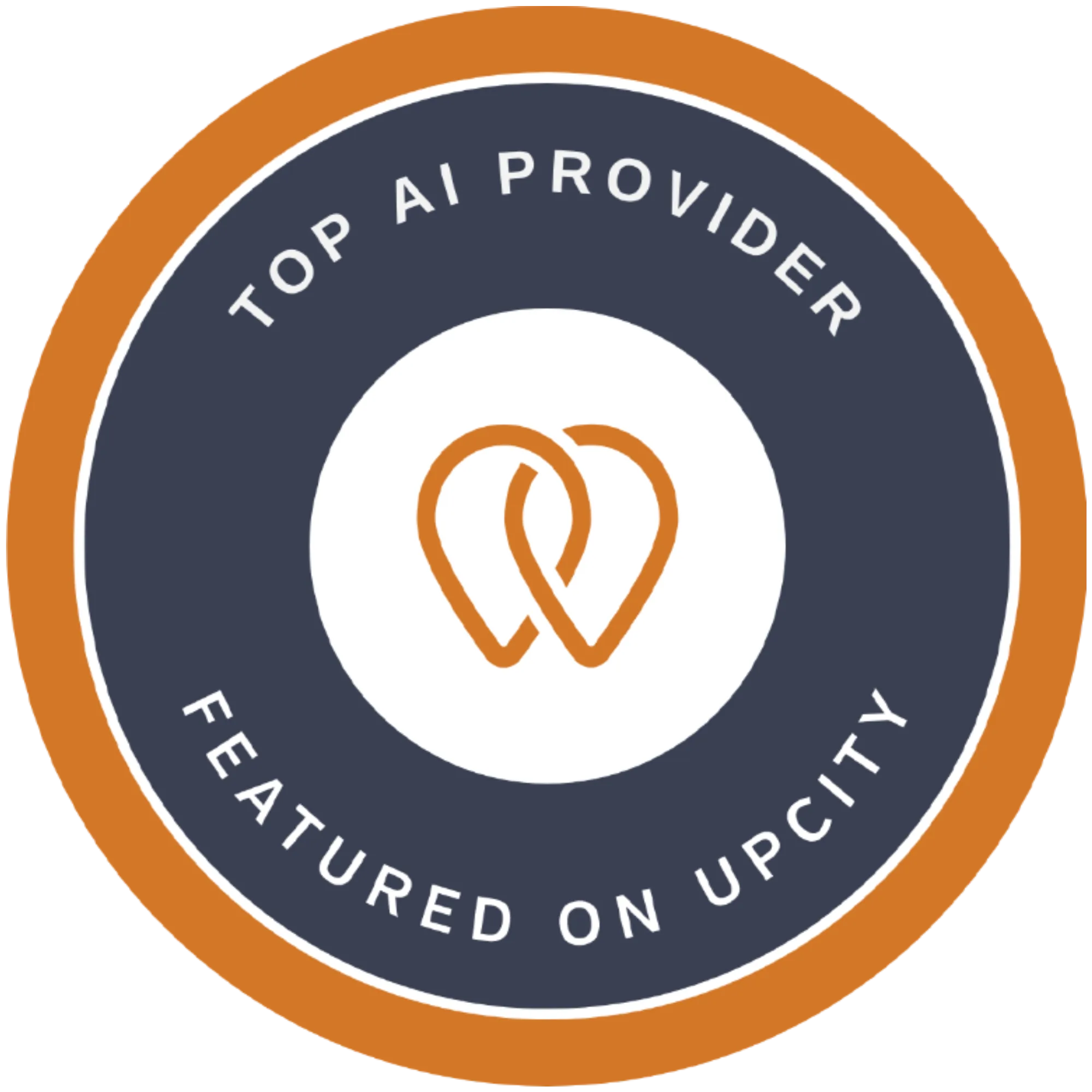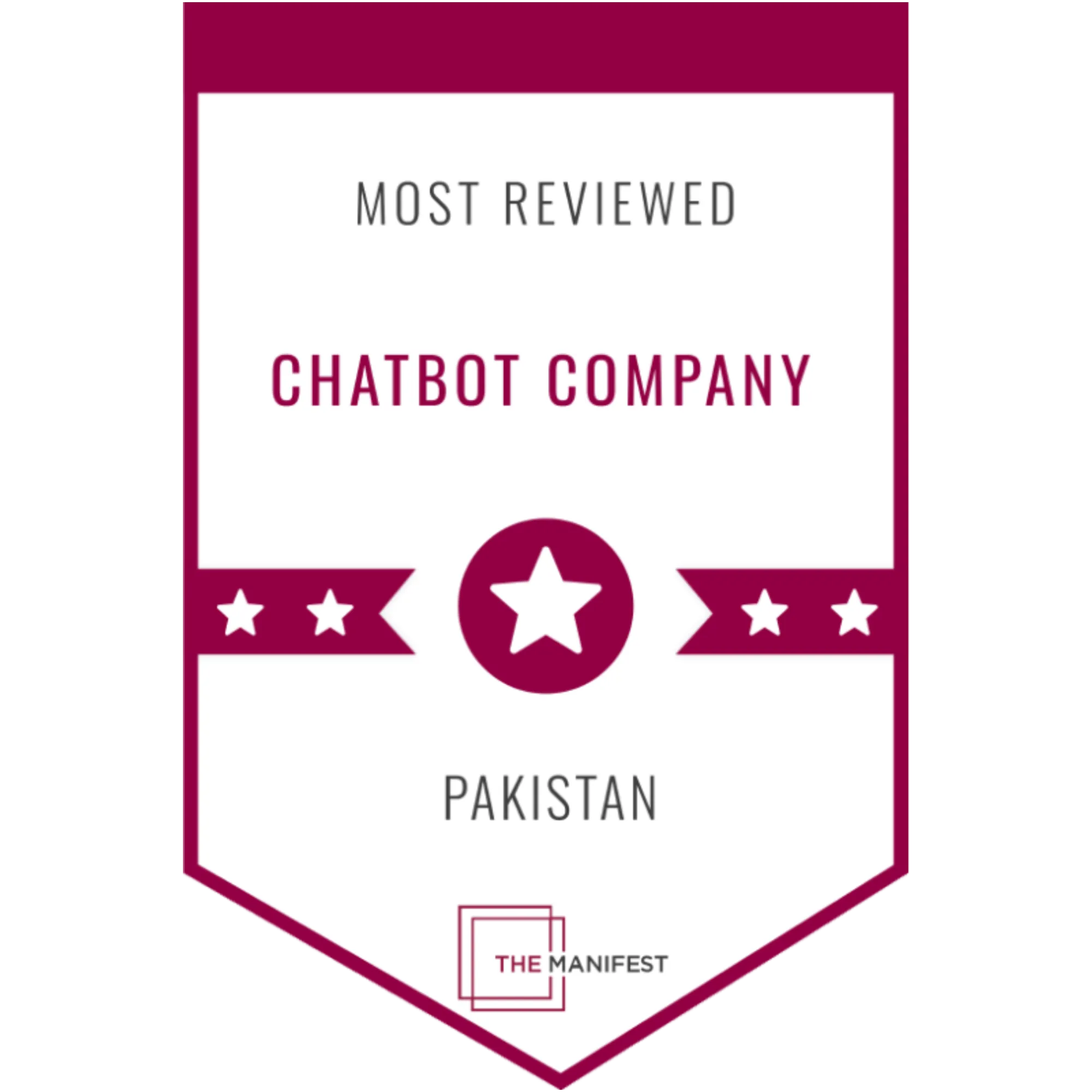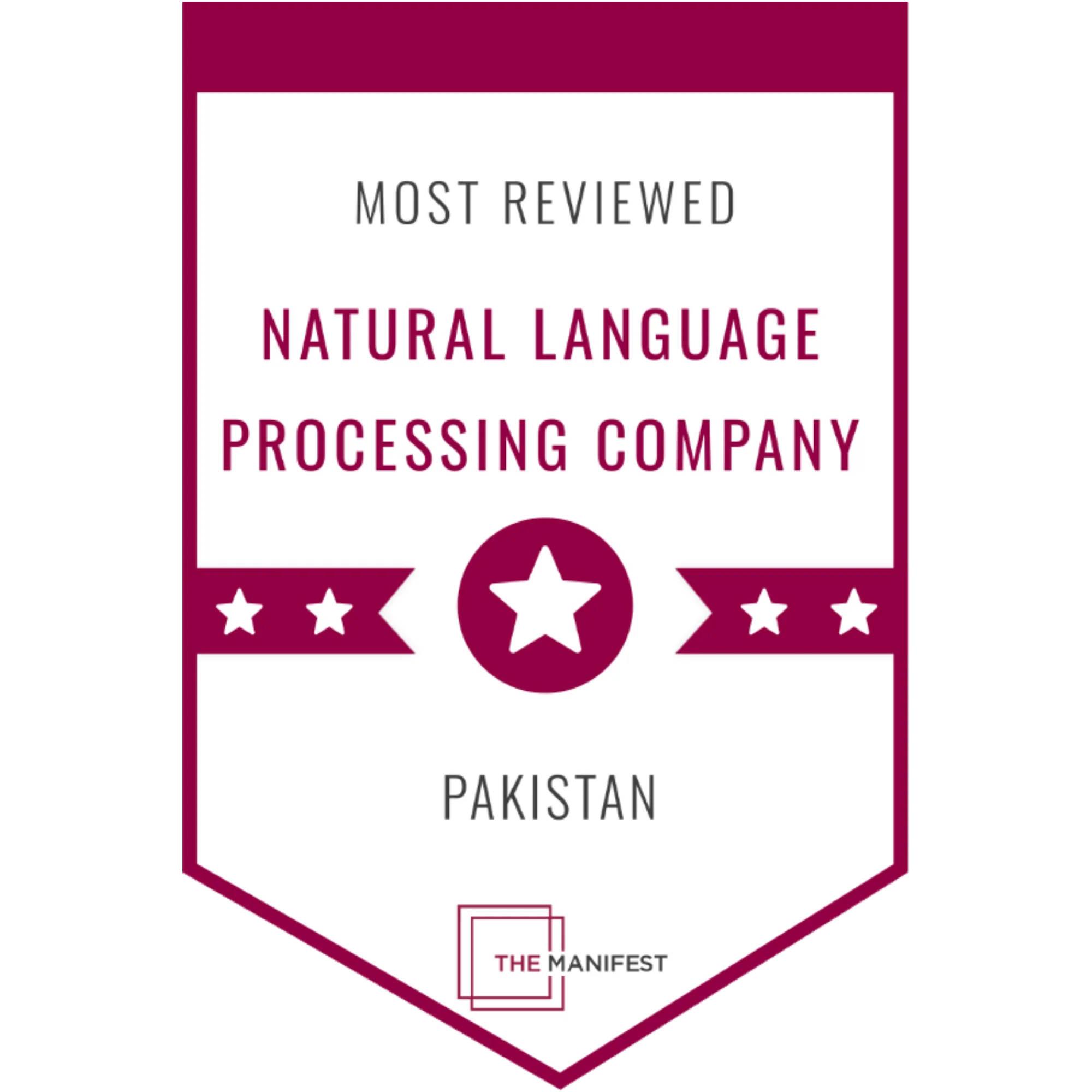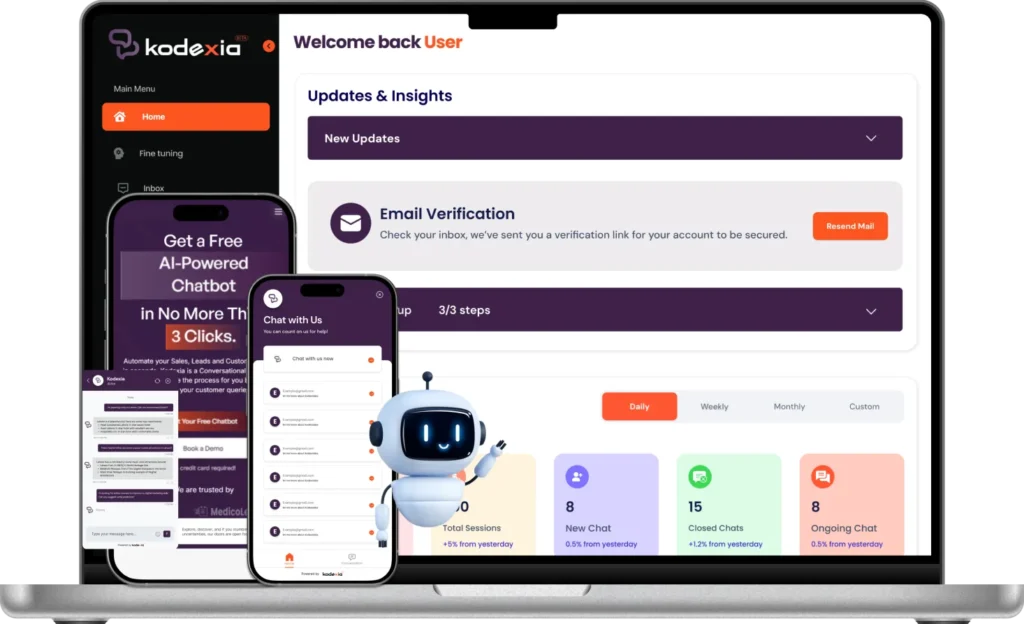AI in Automated Testing Detects What Humans Miss – Goodbye to Software Bugs, Hello to Intelligence
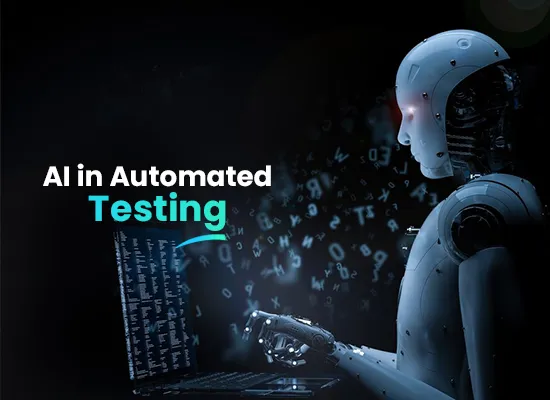
Contents
AI is revolutionising automated testing, bringing speed, intelligence, and efficiency. It generates tests autonomously, learns from previous executions, and heals scripts during code changes. AI tackles complex UIs with visual recognition, uncovering hidden bugs. Expect faster releases, wider test coverage, and reduced maintenance – all driven by the power of AI!
What is Automated Testing?
In the fast-paced world of AI software development, speed and quality are king. This is where automated testing comes in, revolutionising the way we ensure applications function flawlessly. It involves leveraging automated tools to execute pre-defined test cases, saving countless hours and resources traditionally spent on manual testing.
Imagine a developer pushing a code change. With this service, instead of manual testing, dedicated tools spring into action. They scour the code, mimicking user interactions and verifying functionality against pre-configured criteria. This rapid feedback loop allows developers to identify and fix issues early, ensuring quality stays paramount throughout automated development.
But the benefits extend beyond individual changes. By integrating this service into a wider continuous integration (CI) pipeline, every code commit triggers a rigorous testing gauntlet. This automated approach promotes collaboration and rapid iteration, paving the way for automated deployment.
Automated deployment relies on successful test results to seamlessly push code changes to production servers. This eliminates the potential for human error and accelerates release cycles, keeping pace with ever-evolving user needs. Think of it as a seamless chain reaction: automated development, fueled by this service, culminates in automated deployment, all working in tandem to deliver high-quality software swiftly and efficiently.
Automated tools come in various flavours, catering to different testing needs. Some excel at functional testing, mimicking user interactions, while others specialise in performance testing, gauging responsiveness under load. Regardless of the tool, the overall philosophy remains the same: automate repetitive tasks, free up development teams, and deliver rock-solid software at unparalleled speed.
So, whether you’re a seasoned developer or just starting your journey, remember that this service is more than just a buzzword. It’s a fundamental shift in how we approach software quality, enabling development and automated deployment for a faster, more efficient, and ultimately more satisfying development experience.

What is the role of AI in Software Development?
Imagine a world where software development becomes a seamless dance between human ingenuity and machine intelligence. This is the promise of Artificial Intelligence (AI), revolutionising the way we build software with its powerful automation capabilities.
At the forefront of this transformation are automated tools. These AI-powered sentinels tirelessly scour codebases, pinpointing bugs and vulnerabilities with superhuman accuracy. Gone are the days of tedious manual testing, replaced by intelligent algorithms that learn and adapt, ensuring code quality at unprecedented speeds.
But AI’s impact extends far beyond testing. Automated development tools are rewriting the rules of code creation. These intelligent assistants understand programming languages, suggest optimal solutions, and even generate entire sections of code based on your specifications. Developers are empowered to focus on the big picture, their creativity amplified by AI’s tireless coding assistance.
The magic doesn’t stop there. Automated deployment takes centre stage, orchestrating the release of new software versions with pinpoint precision. AI-powered systems analyse data, predict potential issues, and seamlessly roll out updates, minimising downtime and ensuring a smooth user experience.
This AI-driven future isn’t just a dream; it’s already transforming the software development landscape. By leveraging automated testing tools, automated development, and automated deployment, teams are building better software faster, freeing up resources for innovation, and pushing the boundaries of what’s possible. So, the next time you interact with a flawlessly functioning app, remember the silent partner behind it: AI, the invisible hand shaping the future of software consulting and development.
What are the Algorithms for Automated Testing?
As automated development and deployment become the norm, ensuring software quality remains paramount. This is where automated testing tools step in, using clever algorithms to streamline the testing process and accelerate feedback loops. These algorithms power various aspects of testing, from generating diverse test cases to optimising test execution and data creation.
At the heart of many automated testing tools lie algorithms for test case generation. These algorithms can analyse code structure, user stories, or even past test results to create a comprehensive suite of tests. Some, like genetic algorithms, use an evolutionary approach, “breeding” successful test cases to generate even more effective ones. This ensures broader coverage and helps uncover edge cases that manual testing might miss.
But generating tests is only half the story. Automated tools also leverage algorithms for test execution optimisation. Techniques like prioritisation algorithms analyse factors like code changes and historical results to run the most critical tests first. This speeds up feedback cycles, allowing developers to identify and fix issues early in the development pipeline.
Another crucial area is test data generation. Traditional methods often relied on static datasets, which could miss important scenarios. Today, automated tools employ algorithms like constrained random testing to create dynamic test data that reflects real-world usage patterns. This helps identify data-driven bugs that might otherwise slip through the cracks.
However, the true power of this service lies in its ability to learn and adapt. Machine learning algorithms are increasingly being used to analyse test results and usage data, continuously improving the testing process. This adaptive testing approach ensures that tests remain relevant as the software evolves through development and deployment.
By using the power of algorithms, automated tools are becoming an indispensable part of the modern development landscape. They enable faster feedback, broader coverage, and improved quality, ultimately contributing to the success of development and deployment strategies.
Remember, the more we leverage these algorithmic advances, the more efficient and reliable our software becomes. So, embrace the revolution and let algorithms pave the way for a future of high-quality software delivered at lightning speed.
How do Software Developers Benefit from Automated Testing?
In the fast-paced world of software development, efficiency and quality reign supreme. Enter this service, a game-changer that empowers developers with superpowers. But how exactly does automated testing benefit them?
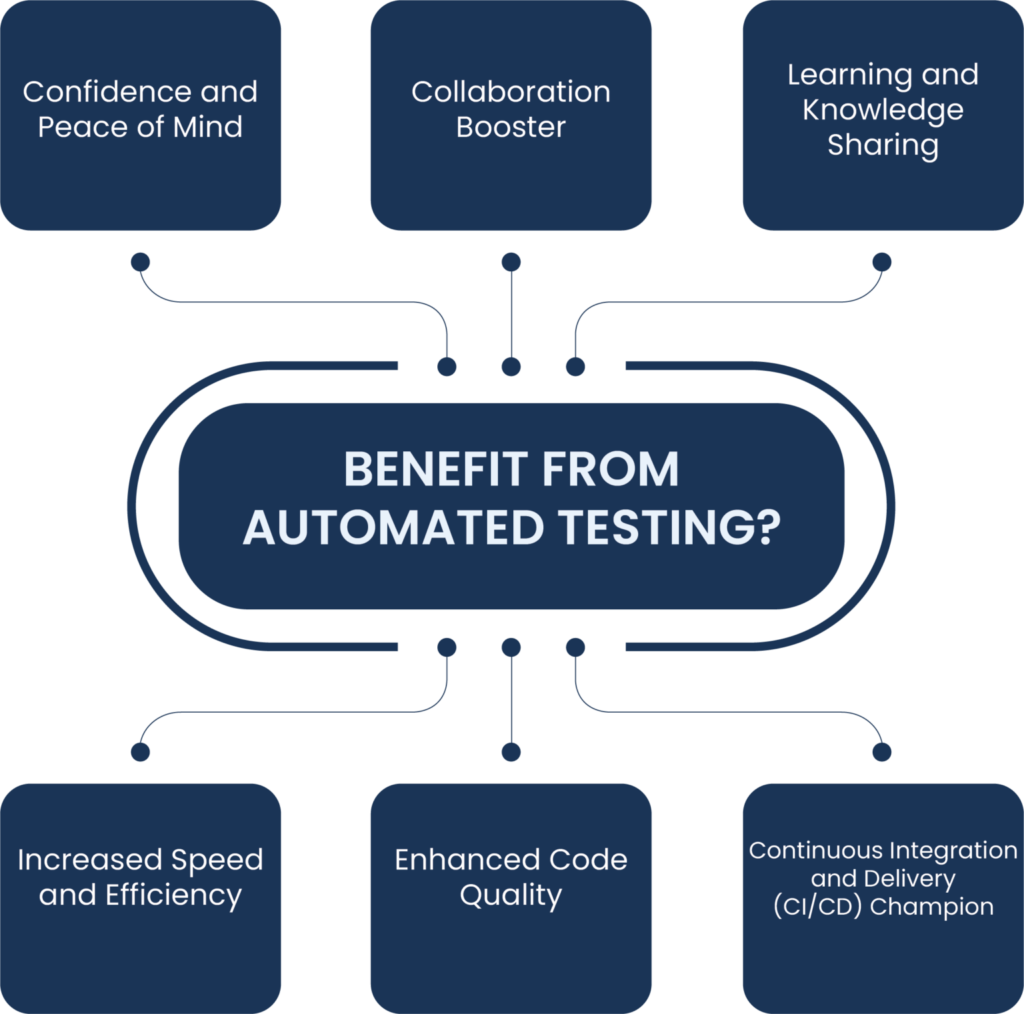
Increased Speed and Efficiency:
Imagine manually testing every code change across different devices and scenarios. Gruelling, wouldn’t you say? With automated tools,developers can run pre-written tests with a click, freeing up valuable time for coding and innovation.
Enhanced Code Quality:
Automated tests act as tireless sentries, meticulously scrutinising code for bugs and regressions. The more tests there are, the wider the net they cast, catching issues early and often. This proactive approach leads to cleaner, more stable code, saving time and resources in the long run.
Continuous Integration and Delivery (CI/CD) Champion:
Imagine a seamless pipeline where code changes automatically trigger builds, tests, and even deployments. This service is the heart of CI/C and makes this possible. Every code push gets rigorously tested, ensuring quality builds and paving the way for faster, more reliable deployments.
Confidence and Peace of Mind:
Developers sleep soundly knowing their code has been rigorously tested. Automated tools provide detailed reports, pinpointing issues and regressions immediately. This empowers developers to fix problems early and confidently push code, knowing it’s been well-tested.
Collaboration Booster:
This service fosters collaboration by providing a shared understanding of the code’s functionality. Testers and developers work together to design and maintain tests, ensuring everyone’s on the same page. This leads to better communication and a more cohesive development process.
Learning and Knowledge Sharing:
Automated tests serve as living documentation, capturing the expected behaviour of the code in detail. New developers can quickly grasp the code’s functionality, and experienced developers can share knowledge by improving and maintaining tests.
In conclusion, this service is a developer’s best friend. By automating repetitive tasks, ensuring code quality, and enabling CI/CD, it empowers developers to work faster, smarter, and deliver better software. So, embrace the power of automated testing tools and watch your development workflow soar!
Can Automated Testing be Trusted?
In the era of rapid AI and machine learning development and agile methodologies, automated testing tools play a crucial role. They streamline the software development process by enabling efficient, repeatable testing cycles. However, a critical question arises: Can we fully trust these automated guardians of quality?
While this service offers undeniable advantages, including speed, accuracy, and reduced human error, its limitations deserve consideration. It’s essential to remember that these tools execute pre-defined tests based on specific criteria. They might miss unexpected behaviour or edge cases not explicitly covered in the scripts.
The quality of automated development practices directly impacts the trustworthiness of testing. If the code used to build the tests itself contains errors, the results can be misleading. This highlights the importance of maintaining robust and well-written test scripts.
Furthermore, automated deployment pipelines depend on reliable testing results. Blindly trusting faulty tests during automated deployment can lead to disastrous consequences, with buggy software pushed to production unknowingly.
Building trust in this service requires a multi-pronged approach. Utilising a diverse range of automated tools can help expand test coverage and mitigate blind spots. Integrating manual testing alongside automated processes offers an invaluable human perspective for identifying unexpected issues.
Ultimately, trusting this service means understanding its strengths and limitations. By combining the efficiency of automation with the critical thinking of human judgement, we can achieve a more robust and reliable software development process.
How do you Cross-Check your Automated Testing Service?
Cross-checking your automated testing service involves employing additional methods to verify the accuracy and completeness of your initial tests. This multi-layered approach mitigates the risk of undetected flaws and fosters trust in your development pipeline.
One way to cross-check is by utilising different automated tools. Each tool employs unique algorithms and approaches, offering diverse perspectives on your application’s functionality. Running identical test cases through multiple tools exposes discrepancies or limitations within individual tools, providing a more comprehensive picture.
Another strategy involves manual testing alongside automated tests. While automated tools excel at repetitive tasks, human testers bring invaluable intuition and flexibility to the table. They can explore scenarios beyond the scope of automated scripts, uncovering edge cases or usability issues that might slip through the automated net.
Furthermore, consider incorporating negative testing into your cross-checking strategy. Intentionally feeding invalid data or unexpected inputs into your system helps identify potential vulnerabilities and ensures your application behaves as expected even under abnormal conditions.
Regularly reviewing and updating your automated tests is crucial for maintaining their effectiveness. As your application evolves, so should your testing suite. Cross-checking newly implemented tests against established benchmarks or manually executed cases validates their accuracy and ensures they align with your evolving requirements.
By implementing these cross-checking practices, you can significantly boost your confidence in the efficacy of this service. Remember, a robust and reliable testing process underpins successful automated development and deployment, paving the way for high-quality software releases and a seamless user experience. So, embrace the power of cross-checking and ensure this service delivers on its promises every time.
How is Generative AI Aiding Automated Testing Tools?
Traditional automated services, reliant on pre-defined scripts and limited data, often struggle to keep pace with the rapid evolution of software. But imagine a testing environment powered by generative AI capable of automatically creating diverse and realistic test scenarios that mimic real-world user behaviour. This is the transformative potential of generative AI in automated testing.
Through analysing data, encompassing code, user interactions, and logs, generative AI models can learn the intricate nuances of your software. This empowers them to generate a vast array of automated tools, encompassing:
- Edge case tests: Uncover hidden bugs lurking in unexpected user interactions by generating test cases that push boundaries and explore uncharted territory.
- Dynamic data generation: Forget static, pre-defined data. Generative AI can forge realistic and context-aware test data, mimicking real-world user inputs and variations, ensuring your software is robust under any circumstance.
- Self-healing tests: In the ever-evolving realm of automated development, generative AI can adapt and modify test cases on the fly, ensuring they remain relevant and effective even after code changes and deployments.
This translates to a testing process that seamlessly integrates with automated development and deployment pipelines. Imagine continuous testing where new features are rigorously put to the test as they’re developed, and updates are automatically deployed only after passing a gauntlet of AI-generated test scenarios. This translates to:
- Reduced time to market: With constant testing and bug detection, your software reaches users faster, giving you a competitive edge.
- Improved software quality: By uncovering edge cases and hidden defects, generative AI ensures your software delivers a flawless user experience.
- Enhanced resource allocation: Free your testing team from repetitive tasks, allowing them to focus on strategic testing and complex problem-solving.
Generative AI isn’t just a buzzword; it’s a paradigm shift in this service. Its power can unlock a testing environment that’s dynamic, adaptive, and ever-evolving, paving the way for high-quality software delivered at lightning speed. So, embrace the power of generative AI development and watch your automated service, automated development, and automated deployment soar to new heights.
Role of MLOps in Automated Testing:
Automation is a core tenet of MLOps. It includes automating testing to ensure high-quality models. MLOps provides a framework for building reliable and repeatable automated testing pipelines. MLOps benefits this service by,
- Catching bugs early in the development cycle saves time and resources.
- Ensuring consistency across different environments and model versions.
- Facilitating faster release cycles with confidence in model performance.
- Monitoring model performance in production for potential drifts or biases.
Benefits of MLOps in Automated Testing:
- Improved model quality and reliability.
- Faster development and deployment cycles.
- Reduced costs and risks.
- Increased confidence in model performance.
Challenges of MLOps in Automated Testing:
- Complexity of ML systems.
- Evolving data and model requirements.
- There is a need for specialised testing tools and expertise.
Overall, MLOps plays a crucial role in enabling efficient and effective automated testing for machine learning pipelines, leading to more reliable and trustworthy models.
Challenges faced By Businesses due to lack of Automated testing tools:
Many businesses struggle with manual testing, leading to a slew of challenges that impact their bottom line and customer experience. Here are some key issues:
Reduced Efficiency:
Manual testing is slow and repetitive, making it difficult to keep pace with frequent software releases. This delays product launches, updates, and bug fixes, hindering agility and competitiveness.
Lower Quality:
Manual testing is prone to human error, leading to missed bugs and potential defects slipping into production. This can result in crashes, security vulnerabilities, and unhappy customers.
Increased Costs:
The time and resources dedicated to manual testing can be significant, putting strain on budgets. Additionally, fixing bugs in production is costlier than catching them early in the development process.
Limited Test Coverage:
Manual testers can only cover a fraction of possible scenarios, leaving many areas untested. This increases the risk of critical issues remaining undetected.
Reduced Innovation:
Testers tied up in manual work have less time for exploratory testing and identifying new opportunities. This can stifle innovation and lead to products that fall behind the competition.
Scaling Difficulties:
As businesses grow, the challenges of manual testing become even more pronounced. Scaling a manual testing team is expensive and inefficient, hindering growth and expansion.
By adopting automated tools, businesses can overcome these challenges and unlock numerous benefits, including faster releases, higher quality products, reduced costs, improved test coverage, and greater agility.
Future of AI in Software Development:
The landscape of custom product development is poised for a dramatic shift as artificial intelligence (AI) takes centre stage. Imagine automated tools meticulously scanning code for flaws, identifying potential issues before they ever reach production. This is just the tip of the iceberg. AI, through its ability to learn and adapt, is paving the way for a future where automated development and automated deployment become the norm.
Revolutionising Testing:
Gone are the days of manual testing marathons. AI-powered tools will analyse code with unparalleled speed and accuracy, suggesting improvements and flagging bugs in real-time. These automated tools will not only save valuable time and resources but also ensure higher quality software releases.
Accelerating Development:
AI won’t just test your code; it will help you write it too. Automated development platforms will suggest code completion, generate boilerplate code, and even refactor existing code for optimal performance. This frees developers to focus on the creative aspects of software design, pushing the boundaries of innovation.
Streamlining Deployment:
No more waiting in deployment queues. AI-powered tools will automate the entire deployment process, from configuration management to infrastructure provisioning. This automated deployment will ensure seamless releases,minimise downtime, and maximise efficiency.
This wave of automation, however, doesn’t spell the end for human software engineers. Instead, it empowers them to become architects, collaborating with generative AI development to build more complex and intelligent software. The future of AI in software development is not about replacing developers but about amplifying their capabilities and ushering in a new era of efficiency, innovation, and quality.
Remember, the key to success will be using the power of AI without compromising ethical considerations or responsible development practices. As we embrace this exciting future, let’s work together to ensure that AI in software development serves as a force for good, empowering both humans and technology to reach new heights.

Conclusion
AI is revolutionising this service, propelling it beyond basic scripts. From self-healing tests that adapt to changes to AI-powered test generation and visual UI verification, it optimises speed, coverage, and maintenance. While not yet fully autonomous, AI empowers testers, streamlines processes, and ultimately delivers higher-quality software faster through data engineering services. As AI evolves, expect even more intelligent and comprehensive testing solutions.


